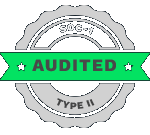How do you plan to tackle challenges arising when scaling distribution of applications to thousands of customers? Or what strategies are you planning to incorporate for smooth subscription management with Snowflake’s ecosystem?
Enterprises scaling apps to thousands of customers face distribution and subscription challenges. Snowflake Native App Framework addresses these head-on.
Snowflake’s native app framework promotes development, distribution, and monetization of data applications directly into Snowflake data cloud. This allows providers to create applications that implement core snowflake functionalities and then share or sell them through the Snowflake marketplace.
Let’s understand the key aspects of the Snowflake Native App Framework.
Table of Contents
All the native applications run directly within the Snowflake account of the users, thereby removing any requirement of moving/copying data to enhance data security and governance. The framework is designed to protect the intellectual property of app providers, even though the application runs within the consumer’s environment.
Providers can list their applications publicly/privately on the Snowflake Marketplace which enables monetization via different licensing models. Also, the native app framework allows development of apps that can utilize Snowflake’s built-in features, such as data processing, analytics, and data sharing capabilities.
Cross-Account Deployment Explained
What do you mean by cross-account deployment in the Snowflake Native App Framework?
Cross-account deployment within Snowflake Native App Framework indicates the process through which a provider can make their applications available to the users in various Snowflake accounts. This major aspect of Snowflake’s distribution model is enabled by Snowflake’s enhanced & secure data sharing capabilities.
-
Application package creation – The application provider creates the application packages that contain all the mandatory data-centric content and application logics such as SQL and Python.
-
Listing creation – Once the applications are developed, the provider can list them in private or public. In private, user can directly get the application in the account. If listed publicly, any Snowflake user can explore the Snowflake marketplace and install the application.
Whenever a user installs an application into their Snowflake account, either via public or private listing, the code & logic of applications get executed directly into user’s system environment. This omits any need for data movement as well as reduces infra cost, offers faster time-to-market and new revenue channels.
Recommended Reading:
- The New Highway for Enterprise AI: Inside Snowflake’s Openflow Revolution
- Generative AI for Everyone: The No-Code Movement Powered by Snowflake
- AI App Development with Snowflake: Understanding the Enterprise Shift to AI-Powered Applications
- Snowflake Cortex Agents: Scalable AI for Enterprise Data Insights
Key Components & Best Practices
The Snowflake native app framework permits developers to create and release data applications directly with the Snowflake data cloud – that’s what we all know by now.
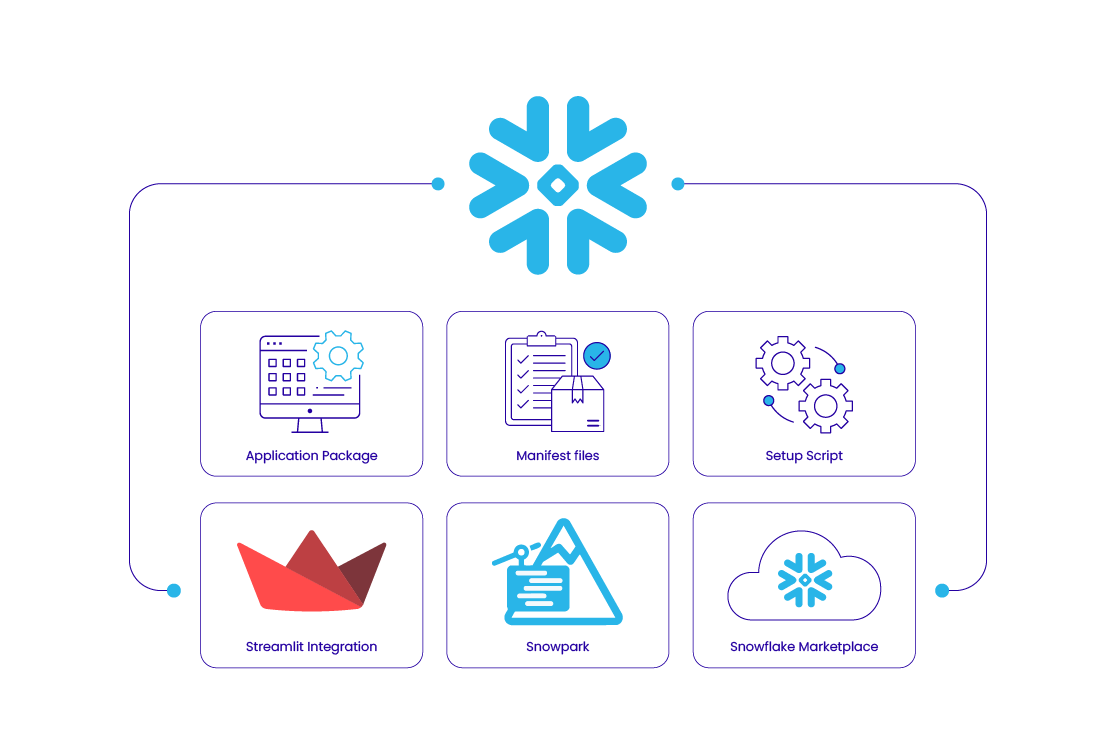
Knowing something doesn’t ensure a 100% success rate unless you have mastered what you already know. For implementing the full potential of snowflake native app framework, you need to know about its components and best practices to follow.
Key Components
-
Application package: This is the vital unit for any native application. It comprises of all necessary codes, configurations, setup scripts, and relevant resources.
-
Manifest files: This component defines the metadata, permissions, and required objects that are mandatory for the installation & execution of the application.
-
Setup script: This is an SQL script that gets executed during the installation for creating required database roles, objects, and permits within user accounts.
-
Streamlit Integration: This component permits interactive user interfaces within snowflake, directly communicating with data.
-
Snowpark: This enables writing application logic in Python, Java, and other languages and executing them into the compute sources of Snowflake.
-
Snowflake marketplace: A platform that publishes & monetizes native apps permitting users to explore and install them.
Now that you are familiar with the components of Snowflake native app framework, let’s check out the best practices associated with it. These practices have been verified and incorporated by almost every US based enterprise.
Best Practices
-
Security & governance: Always incorporate strict security and access controls that follow Snowflake’s security parameters for applications.
-
Version control: make use of the version control feature for the application code to easily manage its releases.
-
Testing: Always test your application in both local environments and within the Snowflake environment before making it live.
-
Documentation: Try to prepare clear and accurate documentation for every aspect of the application such as installation, updating, and maintenance.
Monetization Strategies for Developers
Snowflake’s Native App Framework lets developers avail different monetization strategies for their applications and data products within the Snowflake ecosystem.
Here are some of the prominent key monetization strategies that are fully employed by various US-based companies such as Deloitte, Optum, JP Morgan Chase & Co, and State Street.
-
Usage-based pricing: This pricing model bills customers as per their actual consumption of the application’s features or resources.
-
Custom event billing: Developers can define various custom billing events within their application code, offering higher flexibility and metering as per specific actions or resource consumption.
-
Compute pool surcharge monetization: This pricing model variation allows consumers to be billed according to the compute resources their applications utilize.
-
Subscription-based pricing: In this pricing model, a predictable price is offered to the users for a specific time, offering “all you can use access” to the application.
-
Recurring subscriptions: Customers need to pay a fee, either monthly, quarterly, or annually, for continuous access.
-
Flexible terms: This pricing model gives users the freedom to avail the snowflake applications for various term-based durations with options for upfront or later payment.
These strategies leverage Snowflake Marketplace and on-platform billing capabilities to streamline revenue generation. Some of the US-based companies have reported to increase their cost savings by 35% while achieving 27% faster rate of deployments leading to better ROI generation.
Real-World Implementation: Compliance Reporting Tool for Finance
Financial institutions are under constant regulatory pressure to deliver accurate, timely, and transparent compliance reports across jurisdictions. Traditional compliance reporting often struggles with:
-
Data silos spread across multiple systems
-
Manual reconciliation that delays reporting cycles
-
High operational costs of maintaining reporting infrastructure
-
Risk of non-compliance penalties due to inconsistent or late filings
The Snowflake Native App Framework provides a streamlined way to build and deploy compliance solutions that run securely within each customer’s Snowflake environment, eliminating data movement while ensuring strict governance.
Key Features of the Compliance Reporting App
-
Pre-built regulatory templates: These can be customized for each institution’s compliance needs.
-
Automated data validation: The SQL- and Python-based logic within the app validates input data against compliance thresholds and rules reducing manual errors.
-
Cross-account deployment: Financial firms install the application directly within their Snowflake accounts, ensuring sensitive transaction data never leaves their secure environment.
-
Data persistence in consumer account: All compliance outputs, audit logs, and reports remain stored in the institution’s Snowflake account, maintaining full ownership and traceability.
This compliance reporting tool delivered:
| Reduced regulatory risk | Faster time-to-report |
|---|---|
| Lower operational costs | Scalability across regions |
| Monetization for providers | |
Conclusion
The Snowflake Native App Framework empowers developers to design, distribute, and monetize sophisticated data apps that run securely within consumer Snowflake environments. It simplifies cross-account deployment, versioning, logging, and upgrades—while preserving data security and IP integrity.
C-Level takeaway
Enterprises leveraging Snowflake consulting service for Native App Framework can move from pilot to monetization in weeks, not months. If you’re exploring app distribution or marketplace strategies, now is the time to act.
FAQs
What is a Snowflake Native App?A Snowflake Native App is an application installed directly in a consumer’s Snowflake account, comprising data, logic, and UI (e.g., via Streamlit), packaged and shared by a provider.
How does cross-account deployment work?Providers create an application package (with setup script and manifest), publish it via Marketplace or private listing, and consumers install it into their account.
How are app upgrades and versioning handled?Providers manage versions and patches in the package, use versioned schemas for stateless objects, and issue release directives; Snowflake handles the rollout or consumers can manually upgrade.
How can app performance and issues be monitored?Providers configure log and trace levels in the manifest and enable event sharing; this allows both structured logs and metrics to flow from consumer to provider.
What are the current limitations?Temporary tables/stages and some Streamlit features aren’t supported. No built-in failover support. Container apps have cloud-specific constraints, including limited support for GCP.
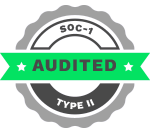










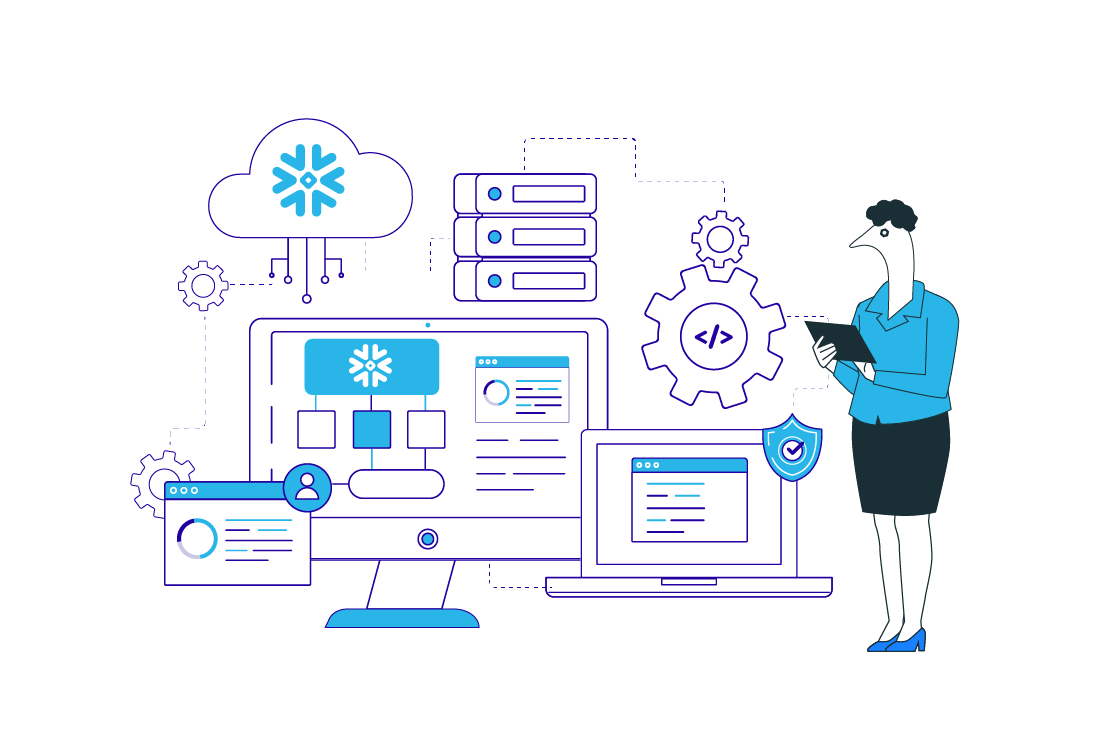
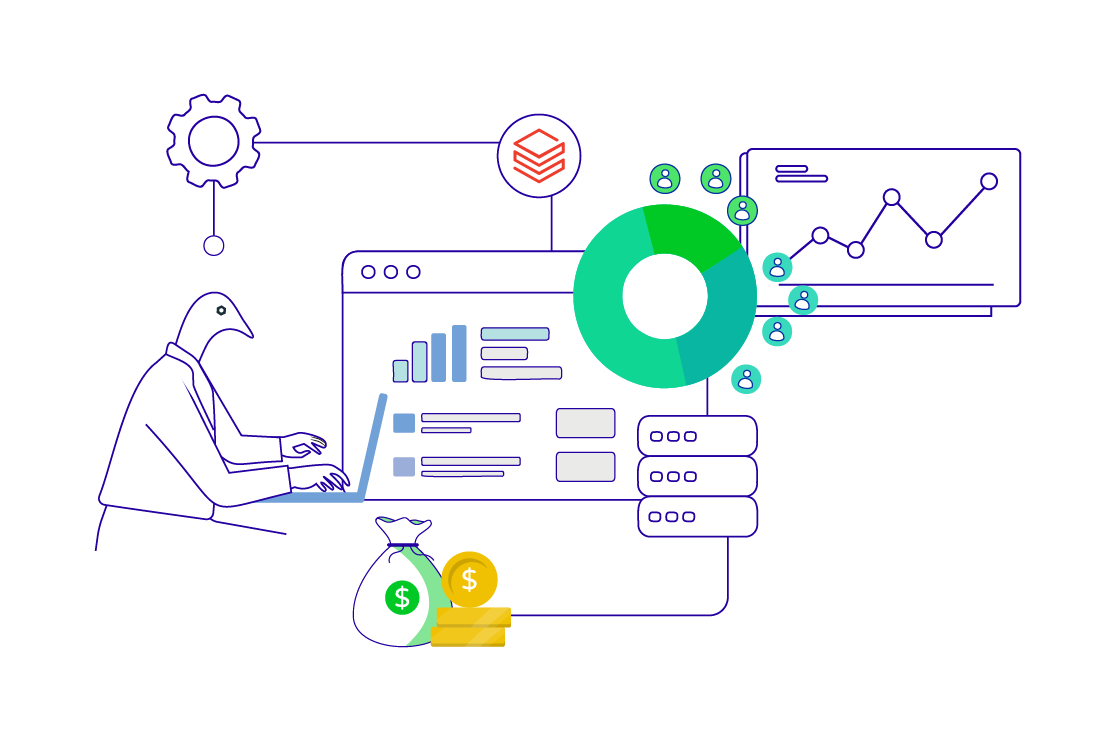 Integrating Databricks into Data Science Ops: Avoiding Bottlenecks as Models Scale
Integrating Databricks into Data Science Ops: Avoiding Bottlenecks as Models Scale  Connecting Snowflake with Microsoft Fabric: Enabling Multi-Cloud Data Strategy for Global Enterprises
Connecting Snowflake with Microsoft Fabric: Enabling Multi-Cloud Data Strategy for Global Enterprises 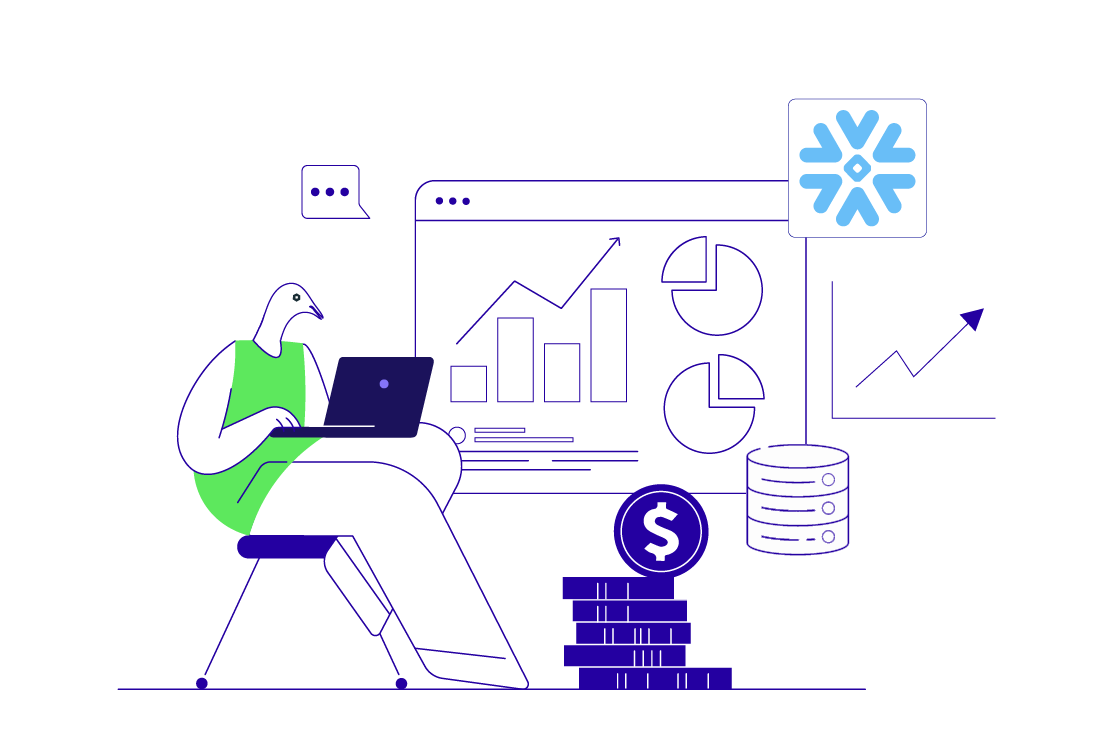 Snowflake Cost Optimization Strategies for Smarter Enterprises
Snowflake Cost Optimization Strategies for Smarter Enterprises 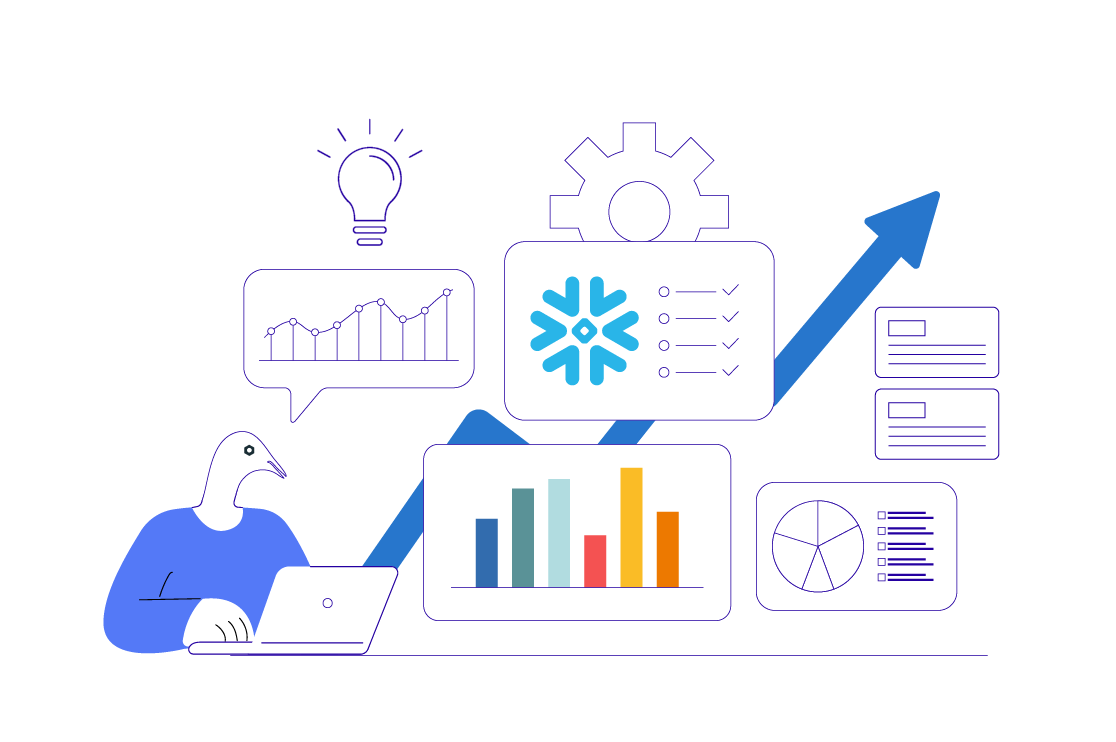 Maximizing Business Agility through Snowflake: Lessons from Enterprise Migrations
Maximizing Business Agility through Snowflake: Lessons from Enterprise Migrations 